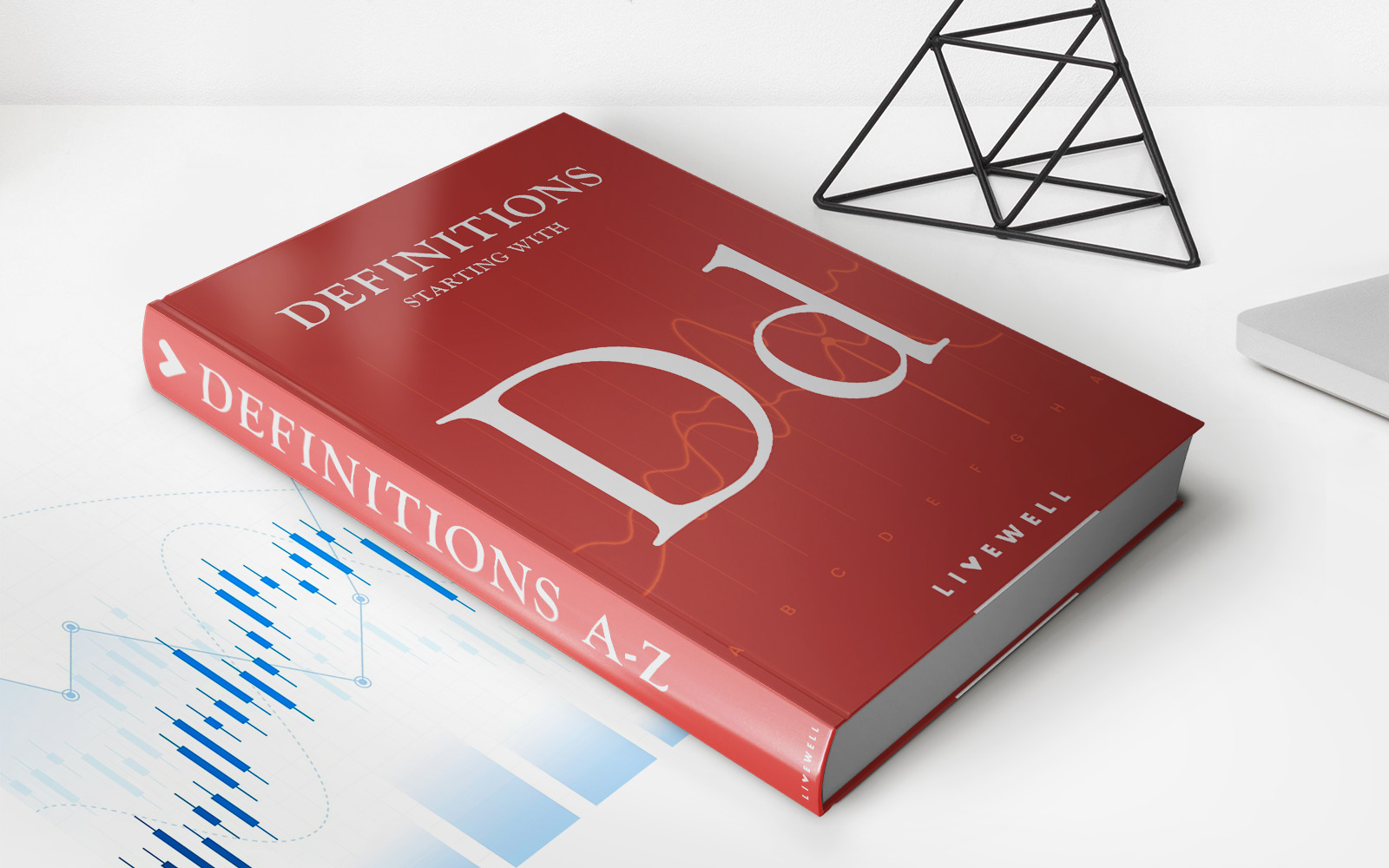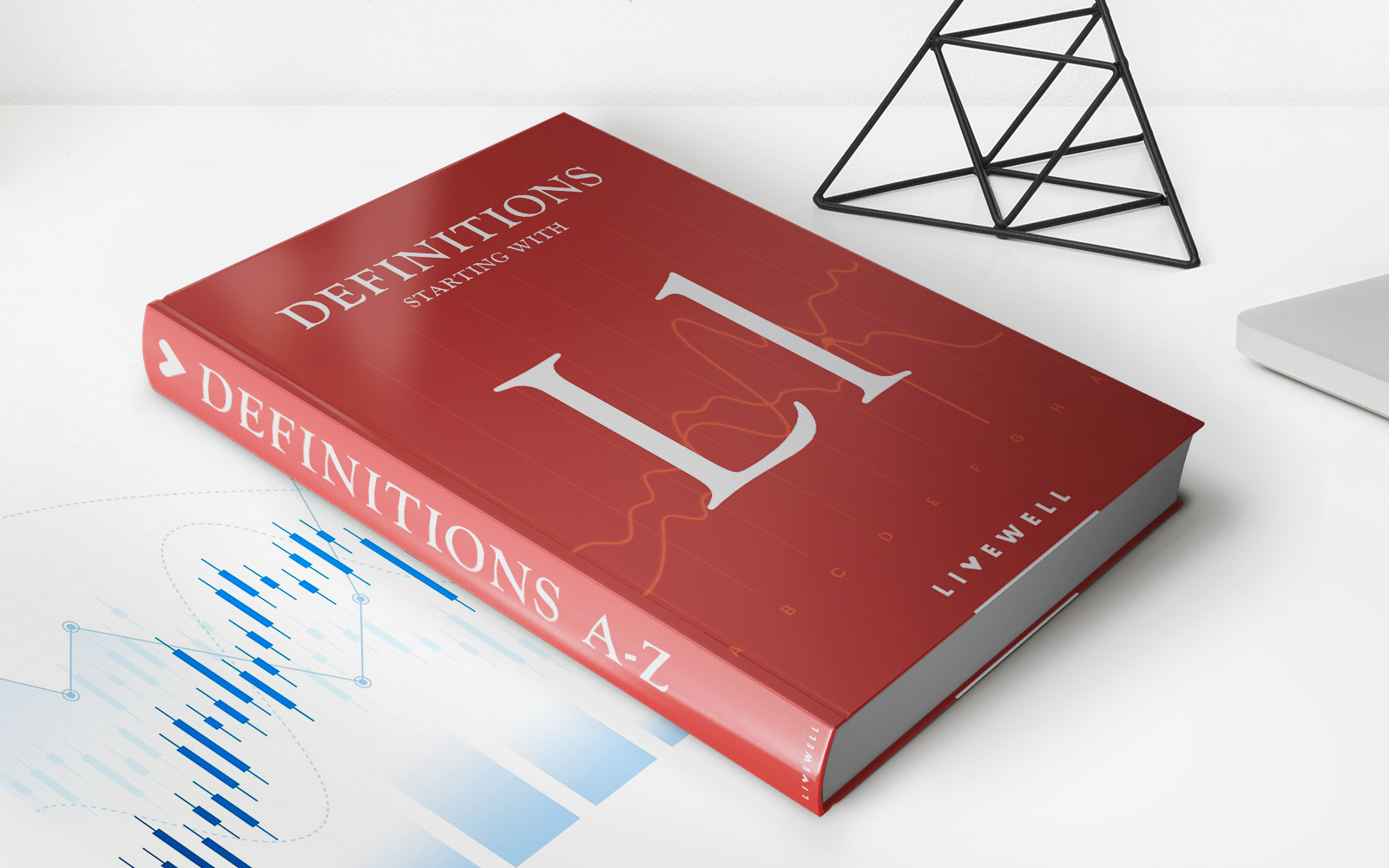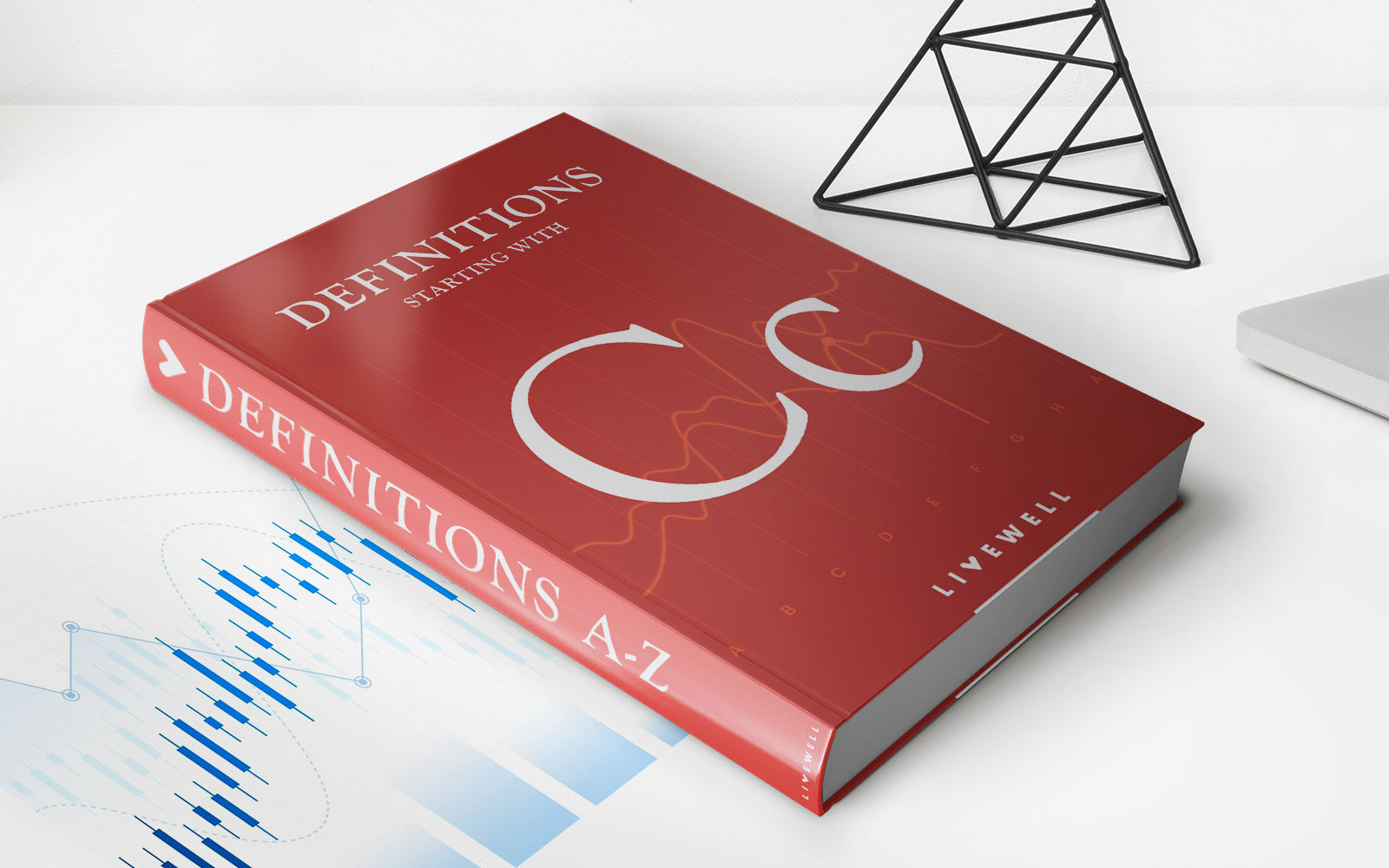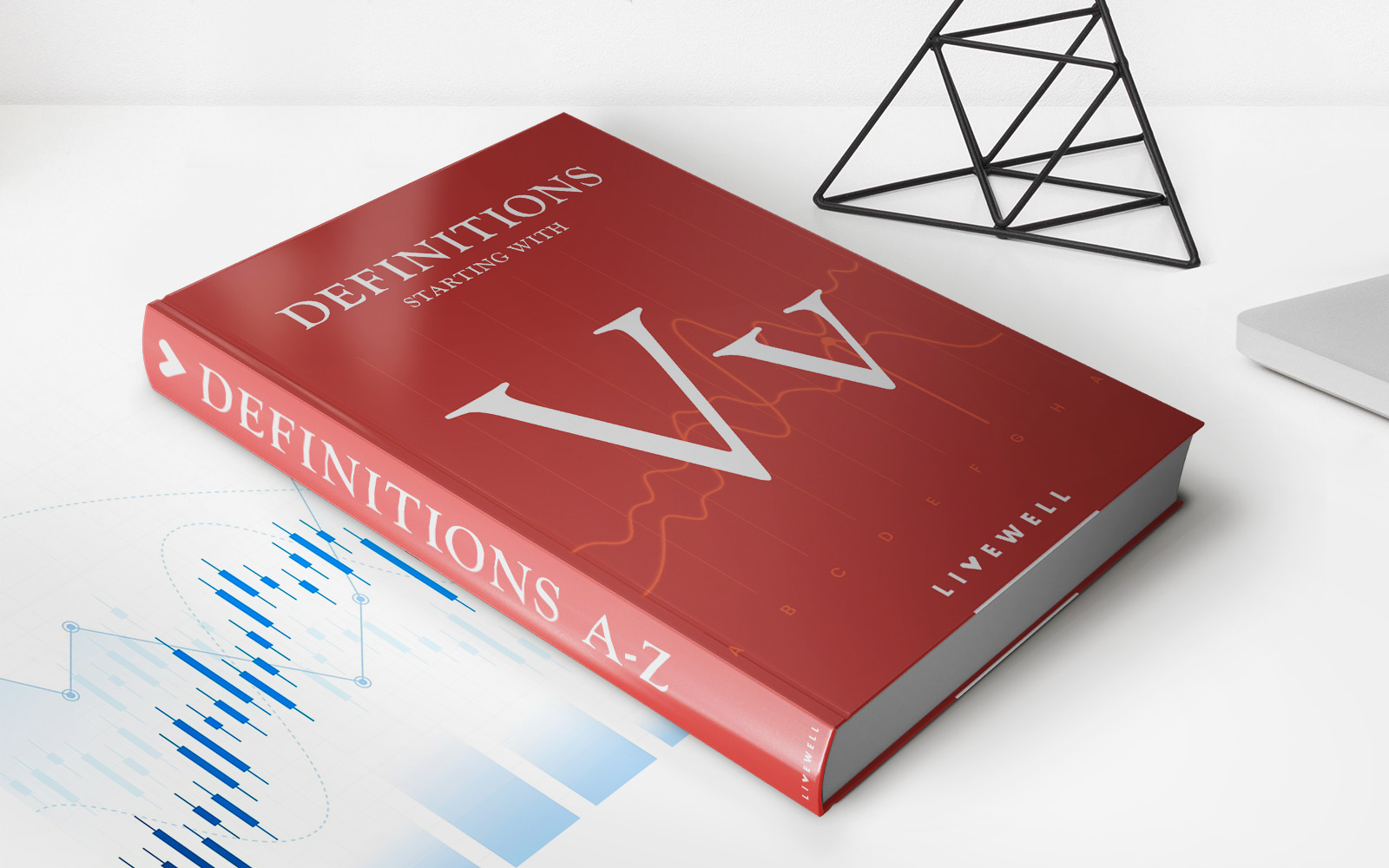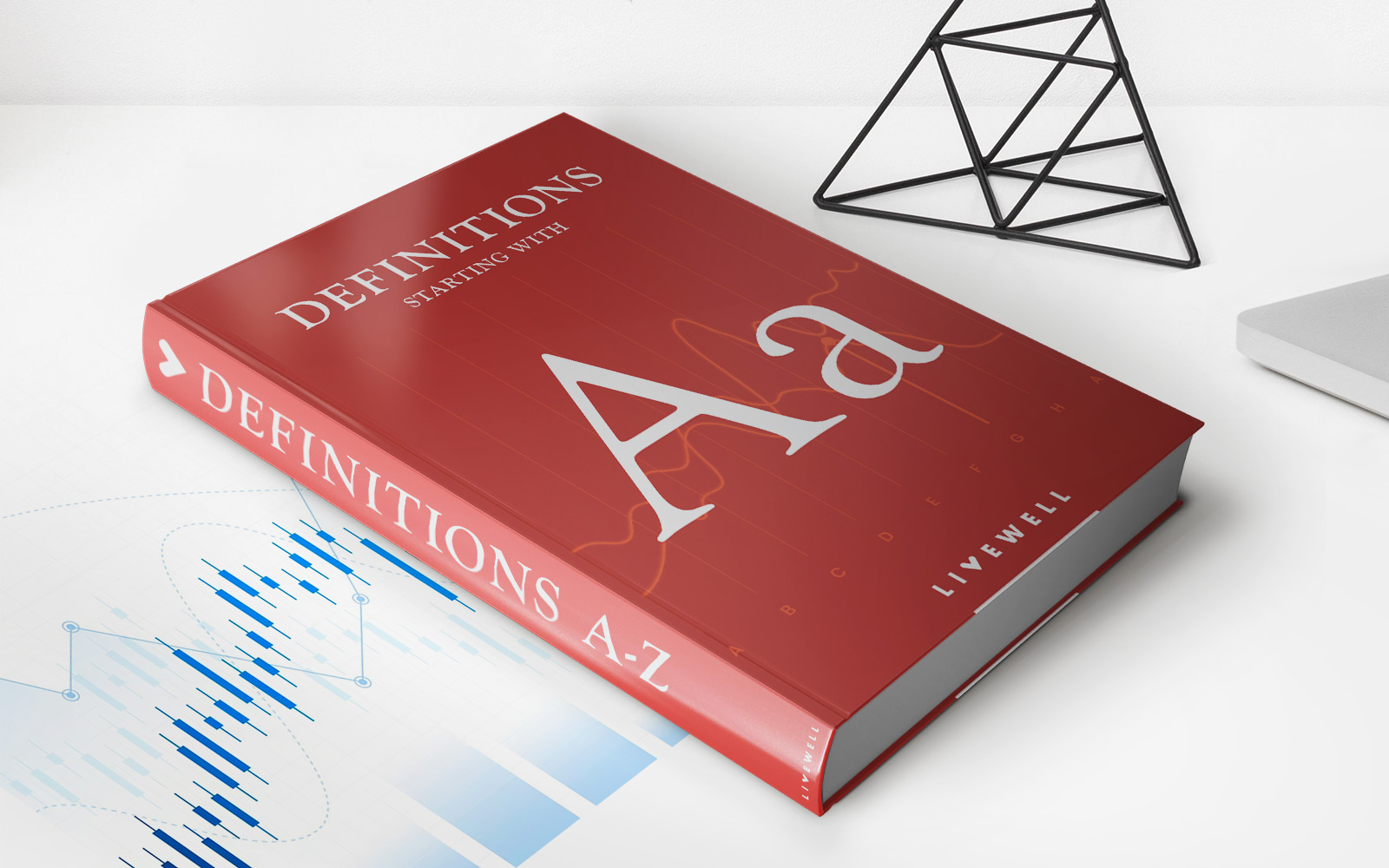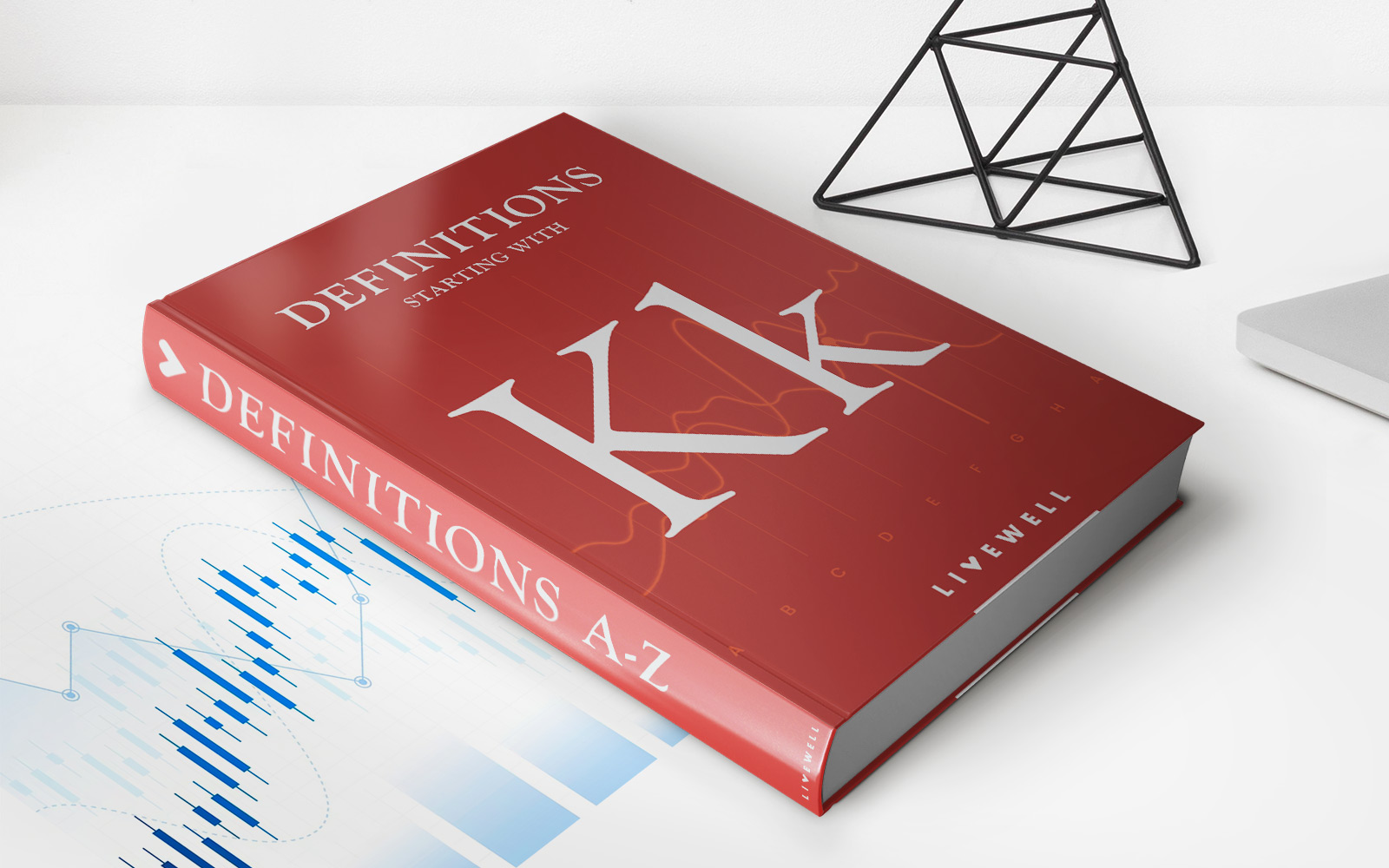

Finance
Kagi Chart Definition And Strategies
Published: December 15, 2023
Learn about Kagi charts in finance, including their definition and strategies. Enhance your understanding of this powerful technical analysis tool.
(Many of the links in this article redirect to a specific reviewed product. Your purchase of these products through affiliate links helps to generate commission for LiveWell, at no extra cost. Learn more)
Kagi Chart Definition and Strategies: A Powerful Tool for Traders
Welcome to the “Finance” category of our blog! In this installment, we will delve into the fascinating world of Kagi charts. Whether you are already an experienced trader or just starting your journey in the financial markets, understanding Kagi charts and incorporating them into your trading strategy can significantly enhance your decision-making process and ultimately, your success as a trader.
Key Takeaways:
- Kagi charts are a powerful tool in technical analysis that help traders identify key trends and reversals.
- By removing noise generated by market fluctuations, Kagi charts provide a clearer visual representation of price movement patterns.
But first, let’s answer the question: What exactly is a Kagi chart? Unlike traditional candlestick or bar charts, Kagi charts focus solely on price movements and disregard time. This unique characteristic allows traders to better identify and understand market trends, making Kagi charts particularly useful in volatile markets.
Now that we understand what Kagi charts are at their core, let’s explore some effective strategies for incorporating them into your trading routine:
1. Trend Identification:
Kagi charts excel at identifying the prevailing market trends. Here’s how:
- Focus on the color of the chart lines. An upward trend is represented by green (bullish), while a downward trend is represented by red (bearish).
- Look for the reversal threshold. When a trend changes direction, it must exceed a pre-defined amount, also known as the reversal threshold. This helps filter out noise, allowing you to spot genuine trend shifts.
- Combine Kagi charts with other technical indicators like moving averages or trendlines to confirm trend signals and strengthen your analysis.
2. Trade Entry and Exit:
Once you have identified a trend using Kagi charts, it’s crucial to determine optimal entry and exit points. Here’s a potential strategy:
- For a bullish trend, consider entering a trade when the Kagi chart breaks above the recent high, signaling a continuation of the upward momentum.
- For a bearish trend, wait for the Kagi chart to break below the recent low before entering a trade. This confirms the downward pressure and increases the probability of a successful trade.
- Set a stop loss order below the recent swing low (for long trades) or above the recent swing high (for short trades) to protect against sudden reversals.
- Consider taking profits when the Kagi chart shows signs of a trend reversal, such as a change in color or when the price surpasses a predetermined percentage gain.
Kagi charts provide traders with a unique perspective on market trends, allowing them to potentially capitalize on profitable opportunities. However, like any other technical analysis tool, it is important to use Kagi charts in conjunction with other indicators and incorporate risk management strategies to minimize potential losses.
So, whether you are a seasoned trader or just beginning your journey, consider adding Kagi charts to your arsenal of technical analysis tools. By mastering the art of interpreting these unique charts and incorporating them into your trading strategy, you can gain an edge in the financial markets.
Thanks for reading our blog post on Kagi chart definition and strategies. We hope you found this information useful in enhancing your trading knowledge. Stay tuned for more informative content in the “Finance” category of our blog!
